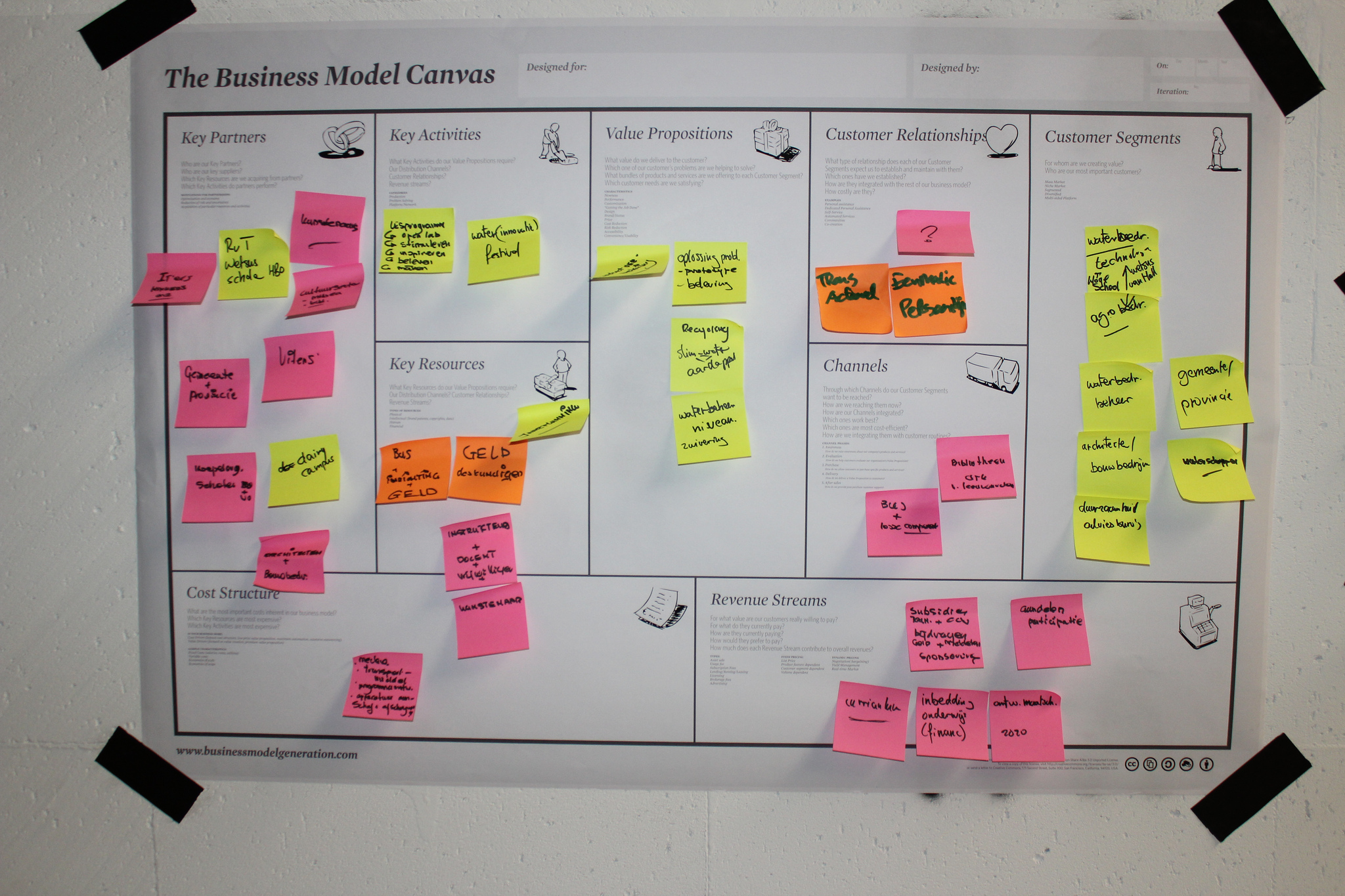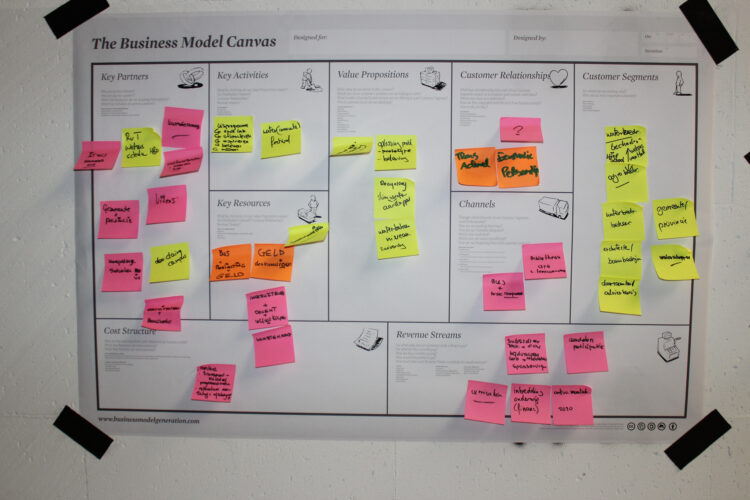
Startup Studio, the Workshop Series, is designed for entrepreneurs like CEOs of early-stage ventures, founders, cofounders and CXOs.
How is an idea different from a new venture opportunity? Turn an idea into a viable venture by crafting a business model.
- Identify a strategy for targeting a market segment with a solution that will attract customers, partners, investors, key employees and other resources that will be needed to enter and gain traction in the market and create value for stakeholders
- Value proposition will reflect the entrepreneur’s assumption for how the business model will generate cash flow
There is no single path that entrepreneurs follow as they identify the ideas that may become valuable businesses. Finding ideas is a creative process developed via:
- Personal experiences and expertise
- Network of relationships with others who offer a fresh perspective
To further explore your idea, use the Business Model Canvas as your lens to evaluate the opportunity and serve as your roadmap for venture development. Continue to update the Business Model Canvas as your venture evolves.
Business Model Canvas
- Strategic management and entrepreneurial tool that allows you to describe, design, challenge, invent and pivot your business model http://www.businessmodelgeneration.com/canvas/bmc
I recommend beginning at value proposition (top, center) and working your way around the canvas in a clockwise direction.
Value Proposition:
- What value do we deliver to the customer?
- Which one of our customer’s problems are we helping to solve?
- What bundles of products and services are we offering to each customer segment?
- Which customer needs are we satisfying?
Customer Relationships:
- What type of relationship does each of our customer segments expect us to establish and maintain with them?
- Segments expect us to establish with them?
- Which ones have we established?
- How are they integrated with the rest of our business model?
- How costly are they?
Channels:
- Through which channels do our customer segments want to be reached?
- How are we reaching them now?
- How are our channels integrated?
- Which ones work best?
- Which ones are the most cost efficient?
- How are we integrating them with customer routines?
Customer Segments:
- From whom are we creating value?
- Who are our most important customers?
Cost Structure:
- What are the most important costs inherent in our business model?
- Which key resources are most expensive?
- Which key activities are most expensive?
Revenue Streams:
- For what value are our customers really willing to pay?
- How are they currently paying?
- How would they prefer to pay?
- How much does each revenue stream contribute to the overall revenue?
Continue to follow the canvas: http://www.businessmodelgeneration.com/downloads/business_model_canvas_poster.pdf
Image credit: CC by FryskLab



